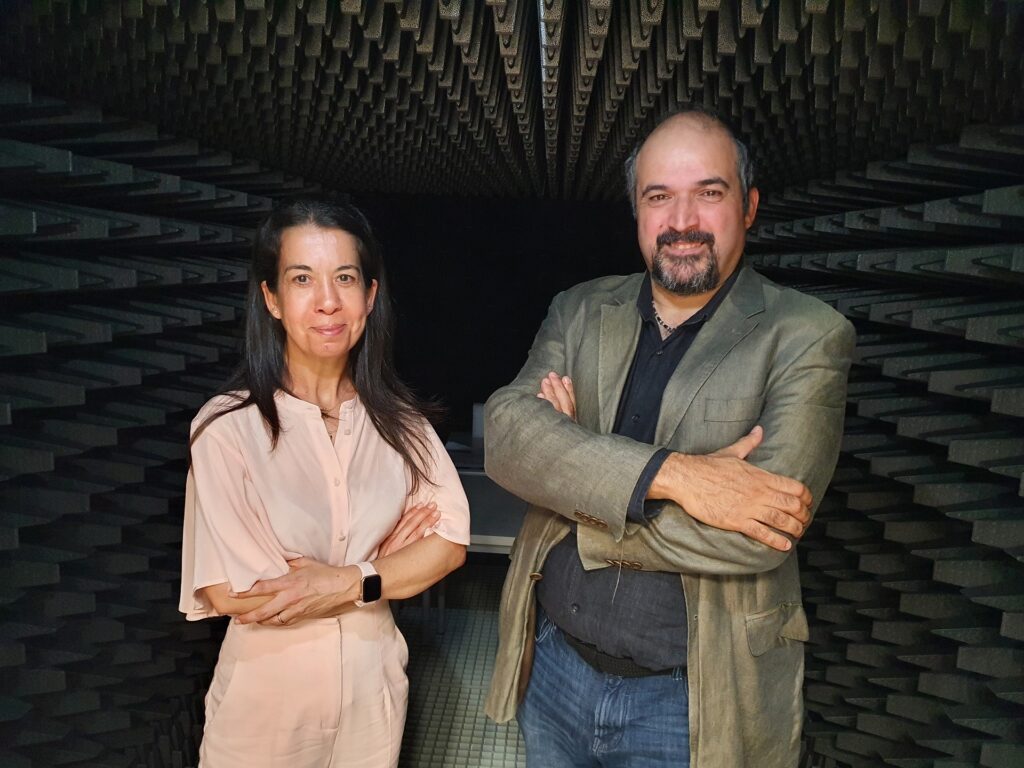Year 2050. The team of scientists that inhabits the lunar station reports to Earth that the satellites of the University of Aveiro (UA) are working perfectly. Recently placed in orbit on the Moon, the satellites' mission is to capture solar energy to power the entire operation of the station. The energy project began to take shape in the distant year of 2020 with the construction of a prototype of a satellite that today is in the museum of the European Space Agency (ESA).
The story is partly fictional. But, if all goes as UA scientists wish, it could be quite real in a few decades. The project, supported by ESA, provides for the construction of a set of satellites that, after being placed in orbit on the Moon, manage to capture solar energy and transfer it to a lunar station in order to feed all its operation.
The first prototype is already being built by a team of UA researchers based at the Department of Electronics, Telecommunications and Informatics (DETI), the Department of Physics (DFis), the Institute of Telecommunications, the Institute of Electronics and Telematics Engineering of Aveiro (IEETA) and at CICECO – Instituto de Materials de Aveiro.
“The objective is to energize the future habitable station to be built on the face of the Moon”, explains Nuno Borges de Carvalho, director of DETI, specialist in radio frequency systems (wireless energy transmission) and general manager of the project.
At the forefront of the multidisciplinary team are also Rui Escadas, from DETI and IEETA and responsible for starting the batteries on board the satellite, and Rute André, researcher at DFis and CICECO and responsible for the solar panels for receiving solar energy on board. of the satellite.
For the fiction to become a reality, the plans foresee a modular constellation of satellites that will orbit the Moon passing directly above the lunar base. When in direct sunlight, solar panels attached to satellites and coated in luminescent materials will generate electricity more efficiently than the simple solar panels used on Earth today.
This energy, explains Nuno Borges Carvalho, will be stored in batteries, until the satellite is closer to the lunar station. At this point, "energy will be beamed to the lunar station through antennas and focused by lenses to reduce spillover losses." In this way, “it will be possible to supply energy to lunar stations even during the long lunar night”.
“One day on the moon corresponds to 15 days on Earth”. That is, a lunar station will always be subject to 15 days of light followed by 15 days of darkness. With solar panels rotating on the satellite, energy capture is permanent as the panels are always facing the Sun and the antennas, to discharge energy, always face the Moon”.
The researcher also points out that capturing solar energy in space is much more effective than on Earth. In addition to the fact that on our planet the panels only work for a few hours a day, “our atmosphere filters a huge amount of wavelengths, which does not allow us to receive energy in full”, says Nuno Borges de Carvalho, remembering that on the Moon, because there is no atmosphere, this problem does not arise.
Therefore, in the minds of researchers is also the idea that one day the same satellites will be able to send energy not only to the lunar station, but also to Earth.




















Comments